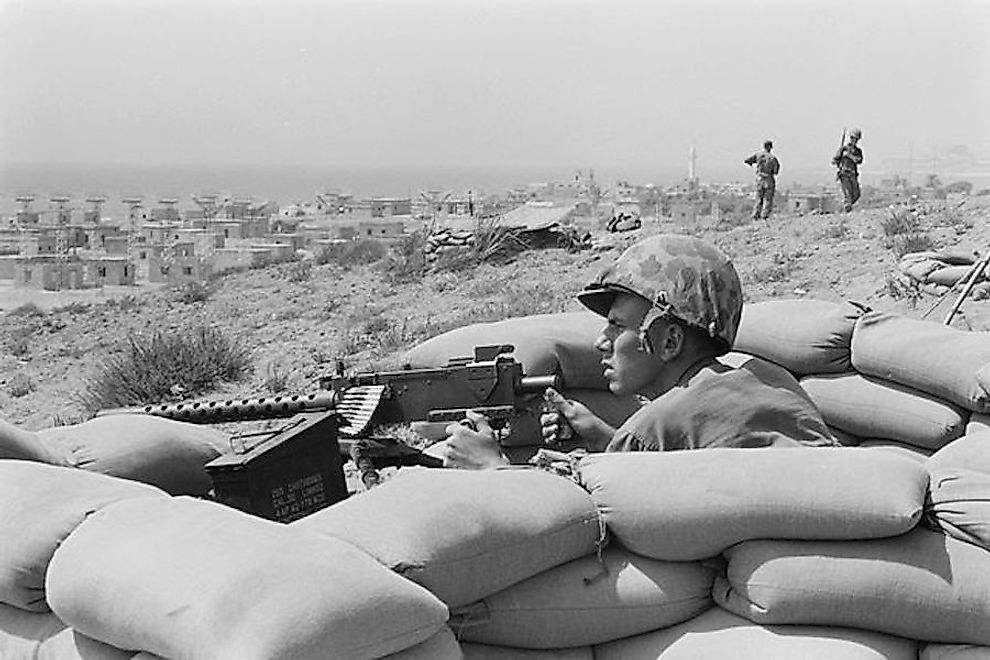What Was the 1958 Lebanon Crisis?

The 1958 Lebanon Crisis was a political crisis which was brought about by political and religious unrest in the country, leading to a US military intervention. The intervention lasted three months up until the end of the term of then-president, Camille Chamoun. The president requested the intervention, with the American and Lebanese forces successfully occupying the port and the international airport of Beirut at the end of the intervention. There were explosive claims that the president wanted to stay in office longer than expected by changing the constitution.
Background Of The Crisis
Lebanon was threatened by civil unrest between Moranite Christians and Muslims in 1958. Tension had been building between Lebanon and Egypt, and escalated further when President Camille, who was a pro-western Christian, failed to break diplomatic relations with the Western countries, namely including France and Great Britian who had attacked Egypt during the Suez Crisis. The Egyptian president, Gamel Nasser, was angered by President Camille’s action to the point that he was willing to do whatever it would take to severe his relationship with Lebanon. The tensions were further fuelled with President Camille's support for the Baghdad Pact which was also pro-western and seen by President Nasser as a hindrance to the Arab Nationalism. In response to this threat, Syria and Egypt united to form the United Arab Republic with Lebanese Prime Minister Rashid Karami supporting the Egyptian president. The Muslims in Lebanon demanded that the country join the UAR while the Christian preferred the country align itself with Western powers. President Camille’s reluctance to give in to the Muslim’s demand led to a rebellion by many Muslims with an allegation that the UAR, through Syria, was supplying weapons. President Camille reported Syria’s action to the UN Security Council who sent a team to investigate the claims. However, the team did not find any substantial evidence to the claims made by President Camille. The final blow to the embattled president was a bloody military coup in Iraq on July 14, 1958, in which Iraq’s pro-western king and prime minister were killed. President Camille was forced to call for American intervention
Operation Blue Bat
President Eisenhower of the United States answered Camille’s request by forming Operation Blue Bat to intervene in the crisis. The aim of the operation was to protect the regime against the Muslim rebellion and any intended threats from Lebanese rivals. The strategy was to take charge of the Beirut International Airport, the port of Beirut and the areas surrounding the city. Operation Blue Bat included about 14,000 men made up of 8,500 US Army forces and 5,670 US Marine Corps. Robert D Murphy was sent to Lebanon by President Eisenhower to convince both sides to reach a compromise. Both sides were urged to consider electing a moderate Christian General Fuad Chehab to replace President Camille. However, the incumbent president served until the end of her term on September 22, 1958, which also marked the end to the crisis. The US forces departed the Lebanon at the end of October with one casualty. The installation of the new president ended the crisis with a death toll of about 4,000 people.







